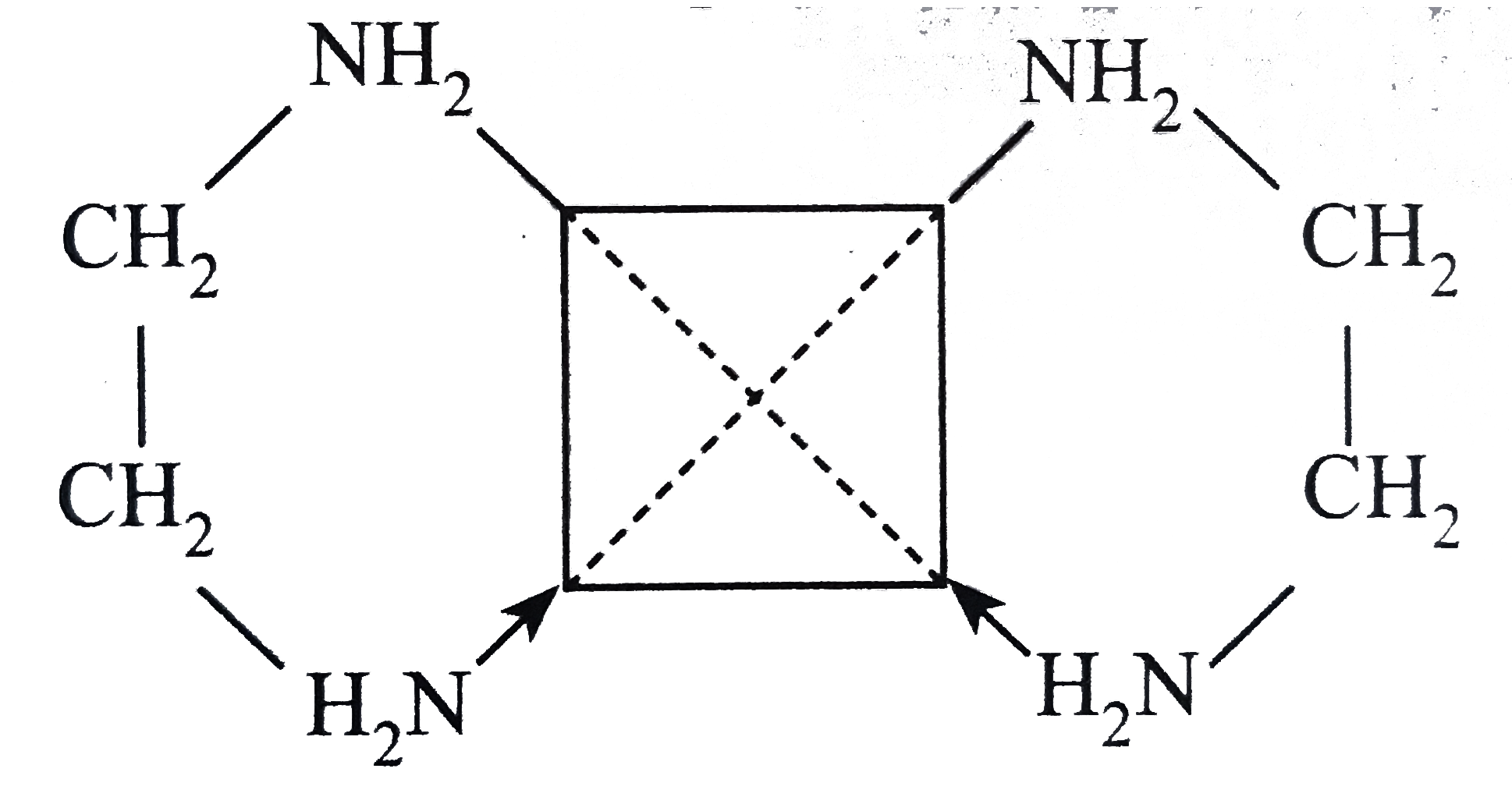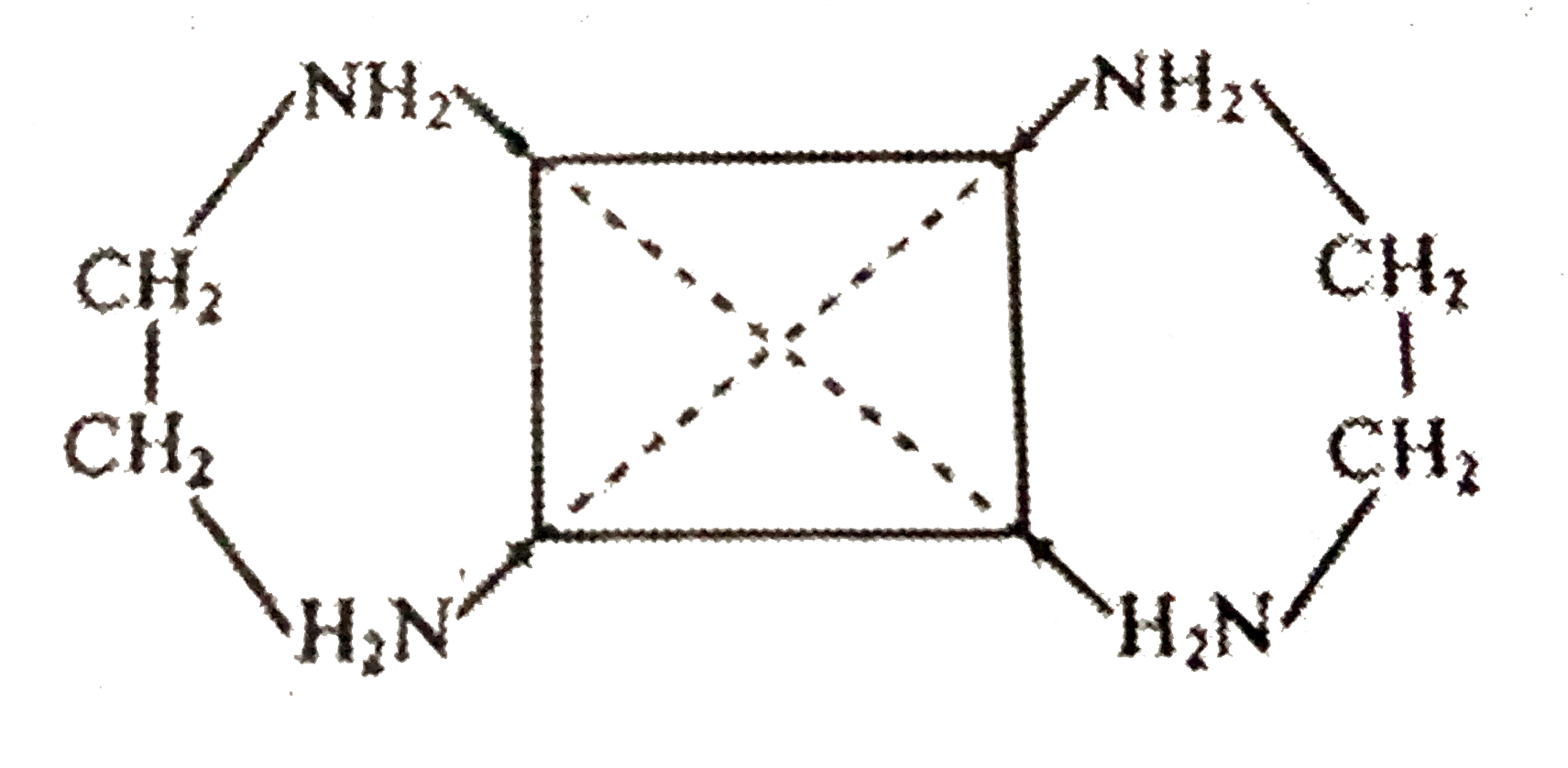A square planar complex represented as:

A
Geomtrical isomerism
B
optical isomerism
C
Linkage isomerism
D
No isomerism
Video Solution
Text Solution
The correct Answer is:D
Factual problems
|
Topper's Solved these Questions
- CO-ORDINATION COMPOUNDS BOOK - DINESH PUBLICATIONCHAPTER - CO-ORDINATION COMPOUNDS EXERCISE - REVISION QUESTIONS
165 Videos
- CO-ORDINATION COMPOUNDS BOOK - DINESH PUBLICATIONCHAPTER - CO-ORDINATION COMPOUNDS EXERCISE - SELECTED STRAIGHT OBJECTIVE TYPE MCQS
84 Videos
- CHEMISTRY IN EVERY DAY LIFEBOOK - DINESH PUBLICATIONCHAPTER - CHEMISTRY IN EVERY DAY LIFEEXERCISE - Unit test-9
50 Videos
- CYANIDES, ISOCYANIDES, NITROCOMPOUNDS AND AMINESBOOK - DINESH PUBLICATIONCHAPTER - CYANIDES, ISOCYANIDES, NITROCOMPOUNDS AND AMINESEXERCISE - Unit test - 8
20 Videos
Similar Questions
Knowledge Check
A square planer complex represented as :
 AGeometrical isomerismBOptical isomerismCLinkage isomerismDNone of these
AGeometrical isomerismBOptical isomerismCLinkage isomerismDNone of theseA square planar complex is represented as:
A(a) Geometrical isomersB(b) Optical isomerismC(c) Linkage isomerismD(d) NoneThe square planar complexes are
A[Pt(NH3)2Cl2]B[Ni(CN)4]2−C[NiCl4]2−D[PtCl4]2−
A square planar complex is formed by hybridisation of which atomic oritals?
View SolutionA square planar complex is formed by hybridisation of which atomic orbitals ?
View SolutionA square planar complex is formed by hybridisation of the following atomic orbitals
View SolutionA square planar complex is formed by hybridisation of which atomic orbitals?
View SolutionA square planar complex is formed by hybridization of which atomic orbitals?
View Solution
